
Why American Scientists Recommend Every Home Should Have at Least One Golden Pothos Plant
“I always choose the Golden Pothos,” said Dr. Bill Wolverton, a former NASA environmental scientist who led the agency’s famous Clean Air Study in 1989. “It’s easy to grow and one of the most effective indoor plants for purifying air.”
Houseplants are not just decorative — they are essential to human life. Through photosynthesis, plants absorb the carbon dioxide we exhale and release fresh oxygen into the air. More importantly, certain plants can remove harmful toxins that silently pollute our indoor environments.
NASA’s Groundbreaking Study on Indoor Air Quality
In 1989, NASA conducted a pioneering experiment to determine how effectively common houseplants could clean the air inside sealed environments such as space stations. The results were remarkable: plants like the Golden Pothos (Epipremnum aureum), Boston Fern, and Peace Lily were shown to absorb volatile organic compounds (VOCs) such as formaldehyde, benzene, and trichloroethylene — all of which are known carcinogens (NASA Clean Air Study, 1989).
Later studies have confirmed that not only the plants themselves but also the microorganisms living in the potting soil contribute significantly to air detoxification (Scientific American, 2020). This means that a well-maintained indoor plant can function as a natural air purifier — quietly improving air quality around the clock.
“The larger the leaf surface area, the faster the plant can clean the air,” Wolverton noted in an interview.
While it’s difficult to calculate exactly how many plants are needed for a given room, Wolverton recommends at least two large plants for every 100 square meters (1,075 sq ft) of indoor space for noticeable results.
Why the Golden Pothos Stands Out
Although Boston Ferns rank among NASA’s top performers for air purification, they can be sensitive to indoor conditions and require constant care. By contrast, Golden Pothos — also called “Devil’s Ivy” — thrives in low light, tolerates irregular watering, and grows rapidly. Its heart-shaped leaves not only add beauty to interiors but also absorb toxins commonly found in household products and construction materials.
Common Indoor Toxins and Their Sources
Modern homes often contain hundreds of invisible chemicals emitted from furniture, paints, and cleaning supplies. Some of the most harmful include:
-
Formaldehyde – Present in plywood furniture, sofas, carpets, and adhesives. Prolonged exposure may cause allergies, asthma, or skin irritation (Environmental Protection Agency, 2023).
-
Benzene – Found in plastics, detergents, and tobacco smoke. Classified as a Group 1 carcinogen by the World Health Organization (WHO), it can lead to leukemia and neurological issues.
-
Trichloroethylene (TCE) – Common in inks, paints, and solvents. Known to damage the liver, kidneys, and nervous system.
-
Xylene – Emitted by paints, leather goods, and vehicle exhaust. Prolonged exposure can cause dizziness, headaches, and memory problems.
-
Ammonia – Found in glass cleaners and fertilizers. Can irritate the eyes, throat, and respiratory tract even in low concentrations.
Nature’s Answer: Houseplants as Natural Filters
Fortunately, nature offers a simple, elegant solution. Many houseplants — especially Golden Pothos, Snake Plant (Sansevieria trifasciata), Spider Plant, and Peace Lily — are capable of absorbing and neutralizing these pollutants. According to NASA’s findings and subsequent research by the Journal of Environmental Science and Technology (2019), these plants continuously improve air quality by pulling contaminants into their leaves and roots, where microbes help break them down.
How to Keep Your Golden Pothos Healthy
To maximize air purification benefits:
-
Light: Place your plant in bright, indirect sunlight.
-
Water: Water only when the topsoil is dry to the touch — avoid overwatering.
-
Leaves: Wipe leaves regularly to remove dust and help photosynthesis.
-
Placement: Bedrooms, living rooms, and home offices are ideal spots to improve air quality where you spend most of your time.
The Bottom Line
The NASA Clean Air Study remains a cornerstone in understanding indoor ecology. As Wolverton emphasized, “Bringing plants into your home isn’t just about aesthetics — it’s about health.”
So the next time you’re at a garden shop, consider bringing home a Golden Pothos. It’s not just a pretty decoration — it’s a living air purifier, a silent guardian improving your family’s well-being every single day.
References:
-
NASA Clean Air Study (1989) – Interior Landscape Plants for Indoor Air Pollution Abatement
-
Scientific American (2020) – How Houseplants Improve Indoor Air Quality
-
Environmental Protection Agency (EPA, 2023) – Indoor Air Quality and Volatile Organic Compounds
-
Journal of Environmental Science & Technology (2019) – Phytoremediation of Indoor Pollutants Using Houseplants
-
National Geographic (2021) – Plants That Clean the Air You Breathe Indoors
News in the same category


This Dad Did The Sweetest Thing When His Daughter Got Stage Fright During Her Ballet Performance

This Family Bought The Land Their Ancestors Picked Cotton On And Hosted An Unforgettable Holiday Gathering

Elder Virginia Smith Celebrates 100th Birthday by Reflecting on a Century of Life & Legacy

7-Year-Old Participates In National School Walkout Alone, Says ‘You Are Never Too Little To Make A Difference’

Black-Owned Dallas Restaurant Closes Weekly To Serve And Uplift The Homeless

’You Don’t Get to Take Advantage’: Son of Angie Stone and D’Angelo Says the Days of ‘Fake’ Friends and Family Using His Mother Is ‘Done’

Don’t Throw Away Expired or Leftover Beer — Use It for These 8 Surprising Purposes!
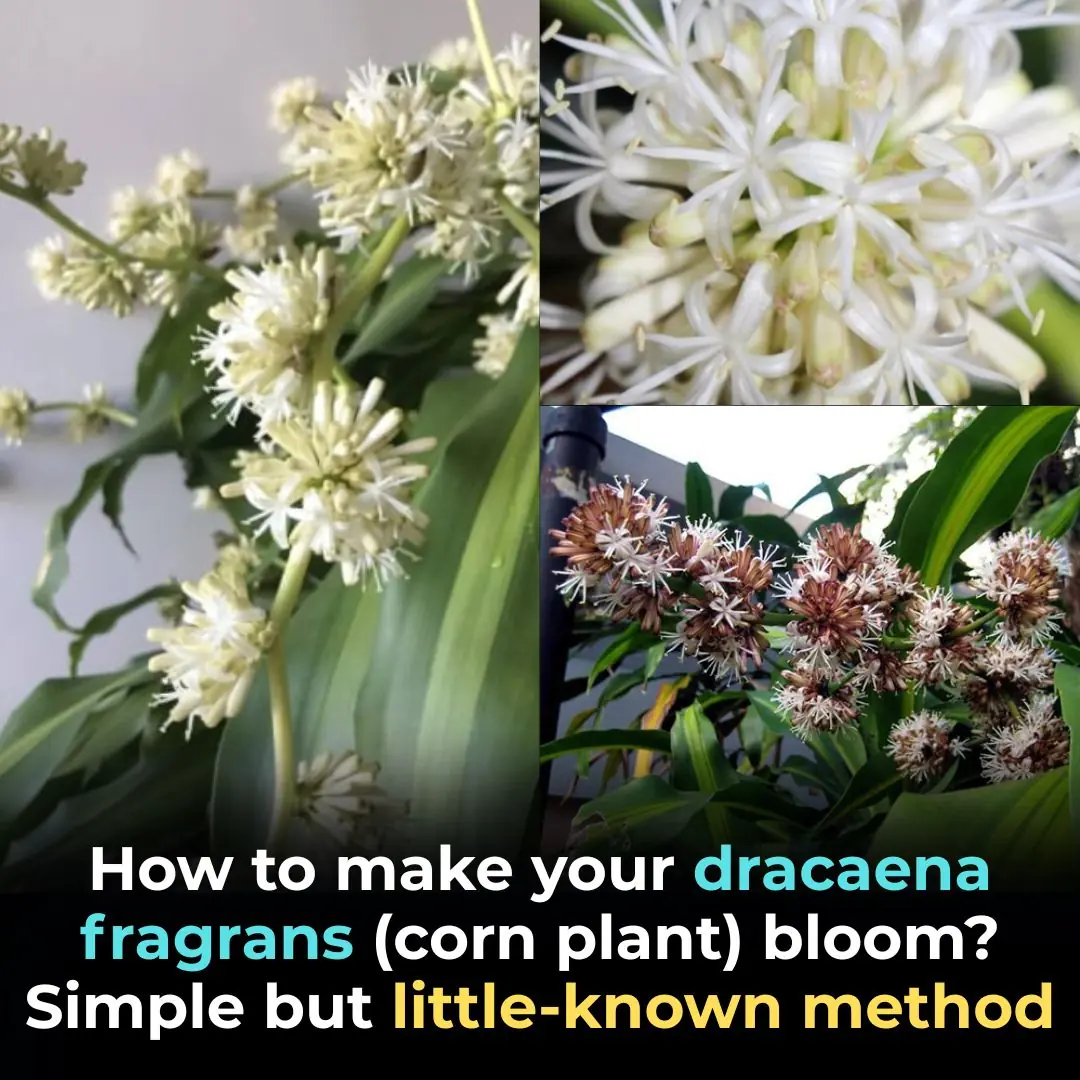
How to Make Dracaena Fragrans (Corn Plant) Bloom

3 Types of Coffee That Can Help You Live Longer — and Protect Your Heart and Brain

Women Who Drink Perilla Leaf Water with Lemon at These 3 Times See Clearer Skin and a Slimmer Waist
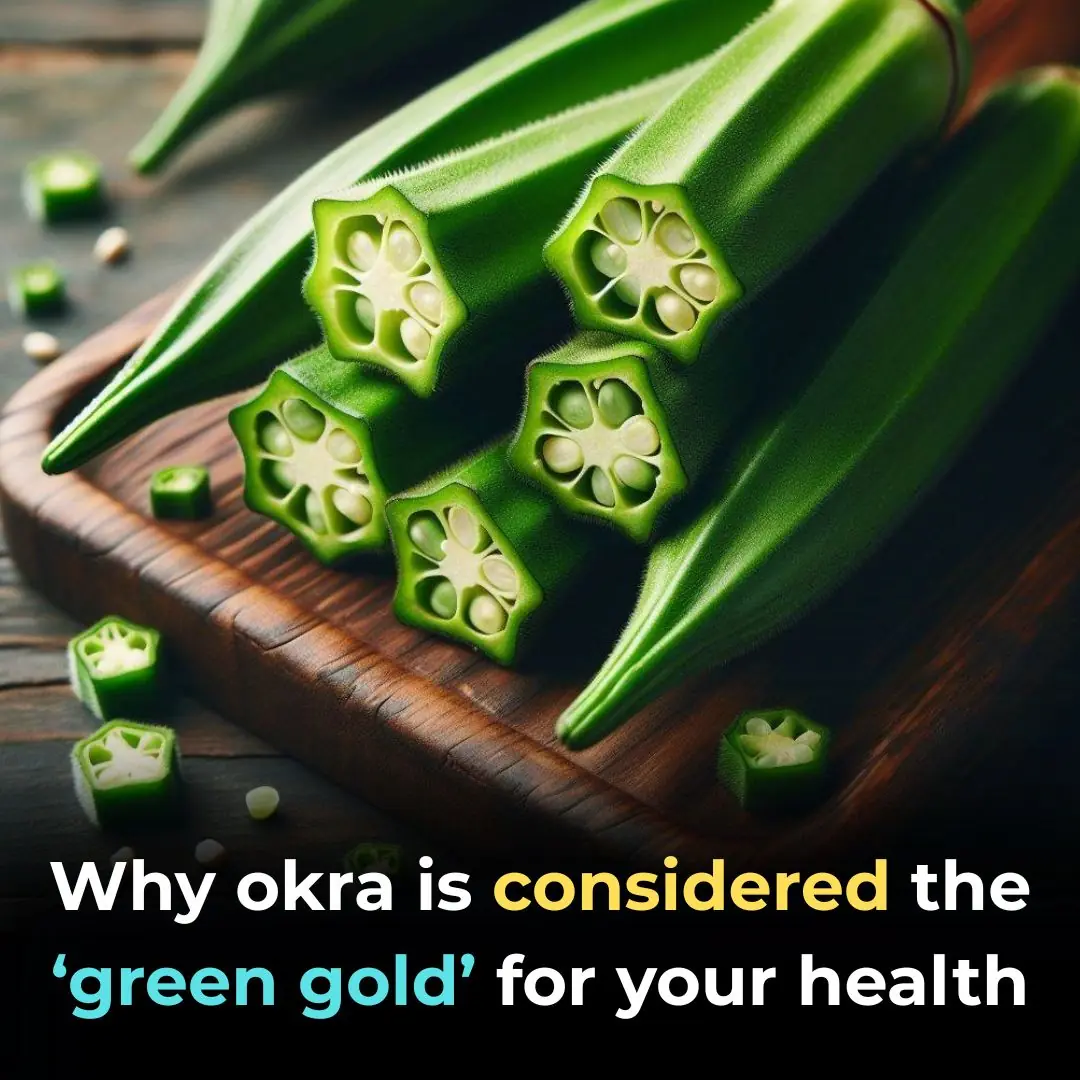
Why Is Okra Considered “Green Gold” for Health?

Two Zodiac Signs Should Avoid Planting the ZZ Plant — Or Risk Wealth Flowing Away

5 Types of Garlic You Should Never Buy – Even Sellers Avoid Them!

JD Vance responds after vile Telegram messages from Young Republican group chat are leaked

9-Year-Old Entrepreneur Opens A Coffee Shop That Employs People With Special Needs

All The Feels: Daughter Moves Wedding To Hospital So Her Terminally Ill Father Can Walk Her Down The Aisle

Barbara Lee Makes History as First Black Woman to Be Elected Mayor of Oakland

Ryan & Zinzi Coogler’s ‘Sinners’ Earns #1 Spot & Highest-Grossed Opening for Original Film Since Jordan Peele’s ‘Us’
News Post

Freddie’s Fight: A Young Warrior’s Journey With Childhood Cancer

Officer Goes Above and Beyond: Turns a Traffic Stop Into a Lesson in Kindness

A Life Saved in the Icy River: When Compassion Transcends Species
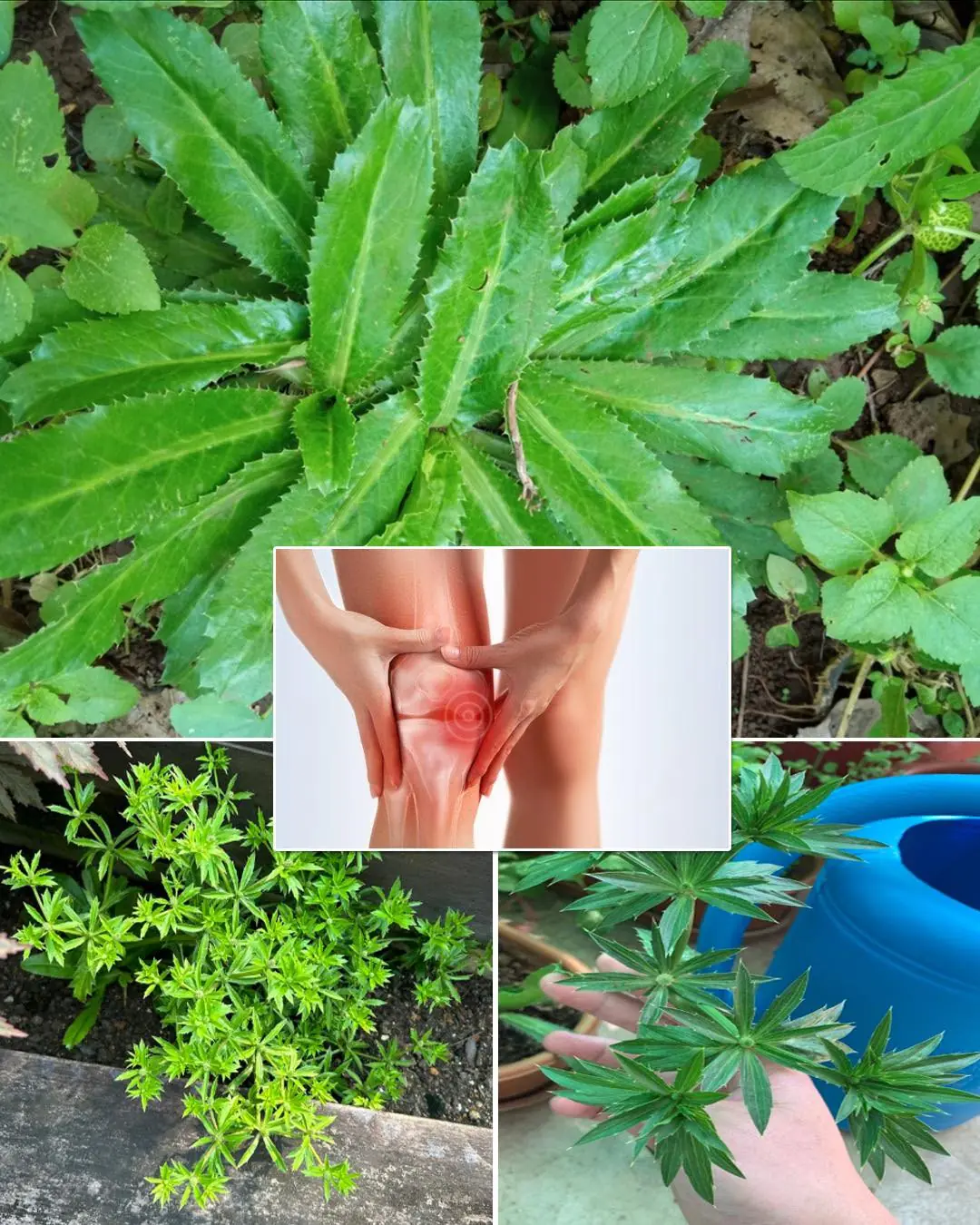
Culantro Herb Benefits and Uses: The Powerful Healing Plant You Should Try

5 Natural Remedies for Cracked Heels: Red Onion, Sea Salt & More

Raheem Cooper: A UPS Driver’s Act of Kindness Saves an Elderly Woman's Life
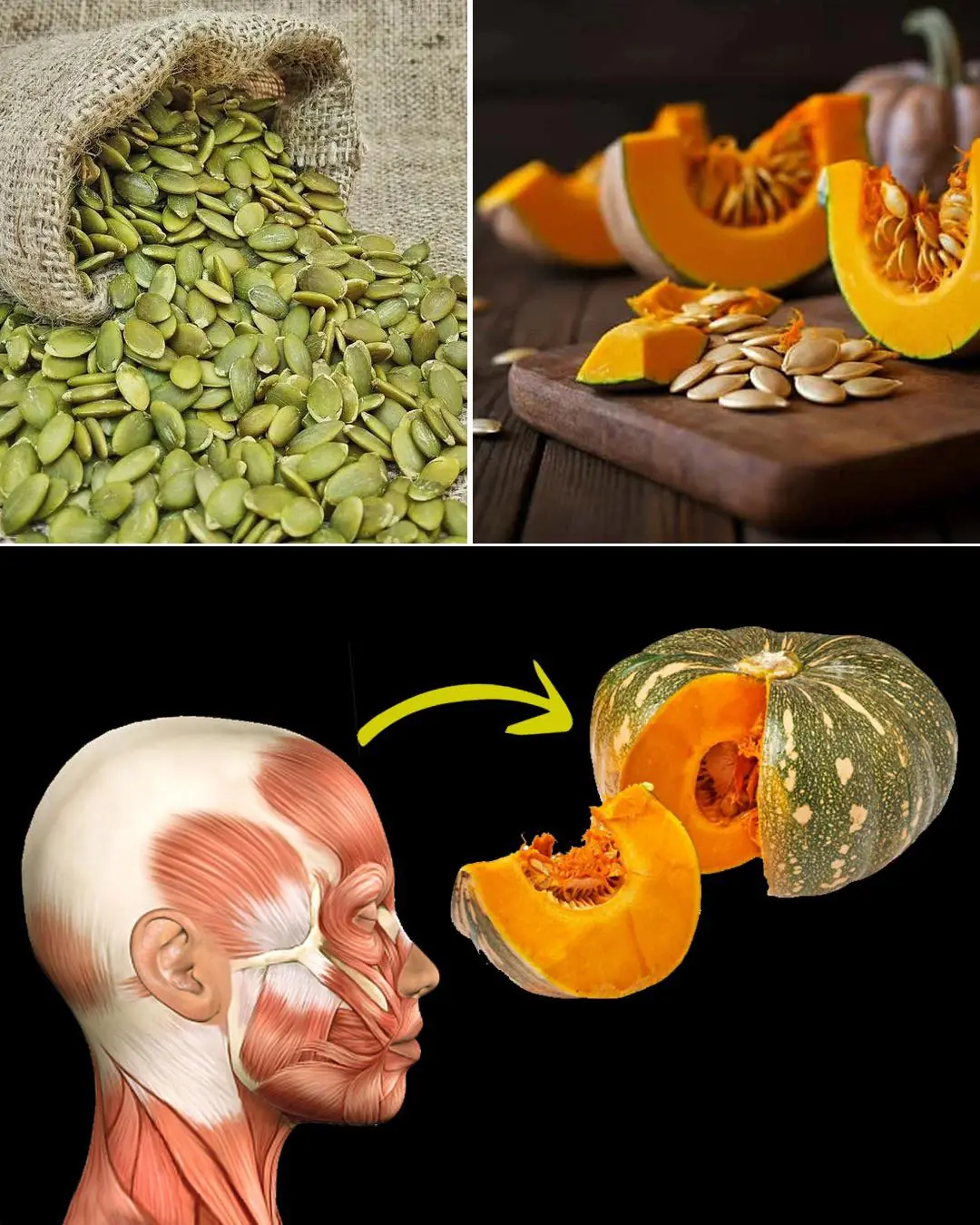
Pumpkin Health Benefits: The Forgotten Superfood You Need Daily
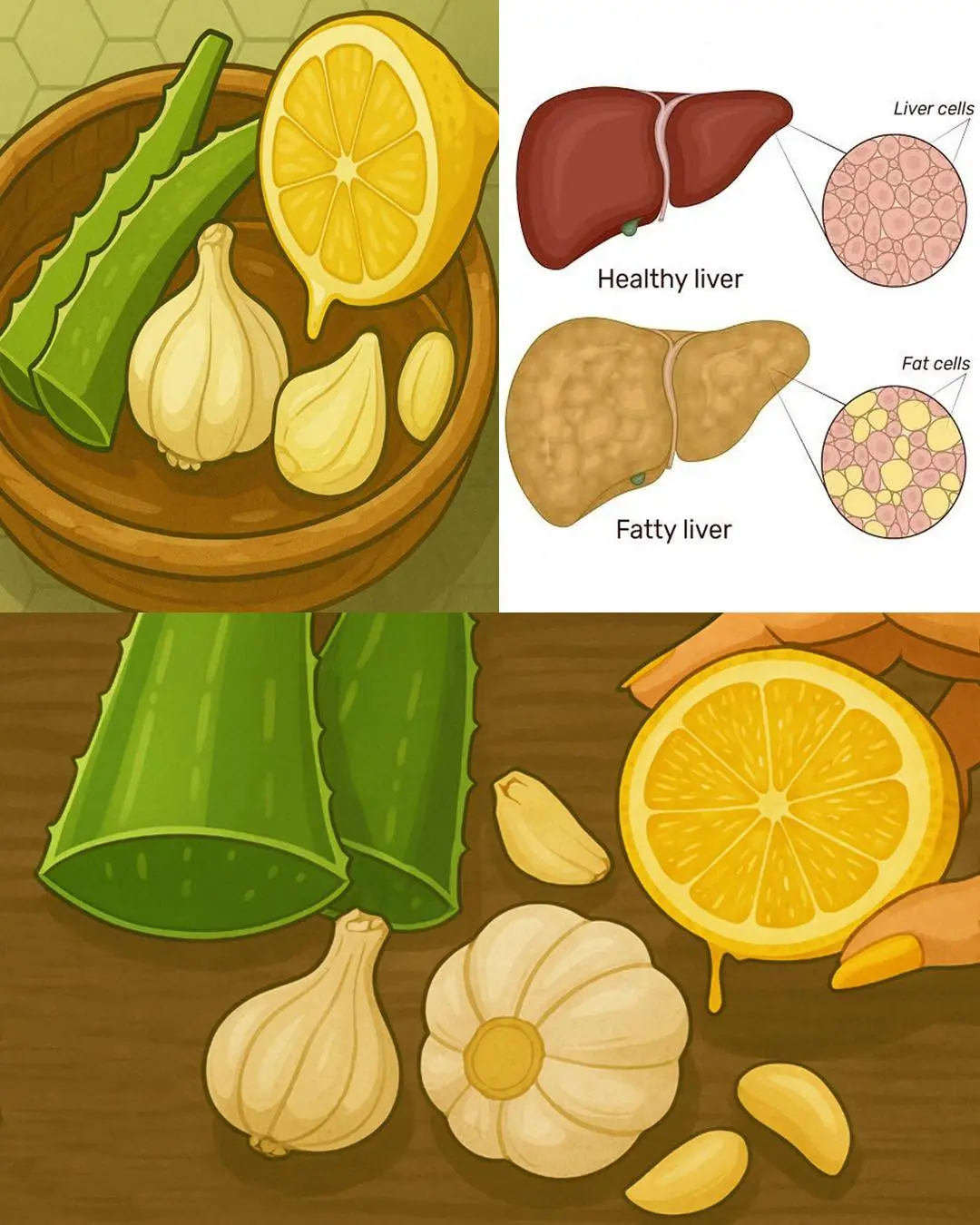
Aloe Vera Super Remedy: Stronger Than Garlic, Lemon, and Fights Bacteria & Fungi Naturally

Three Years of Waiting: The Shelter Dog Still Hoping to Be Chosen
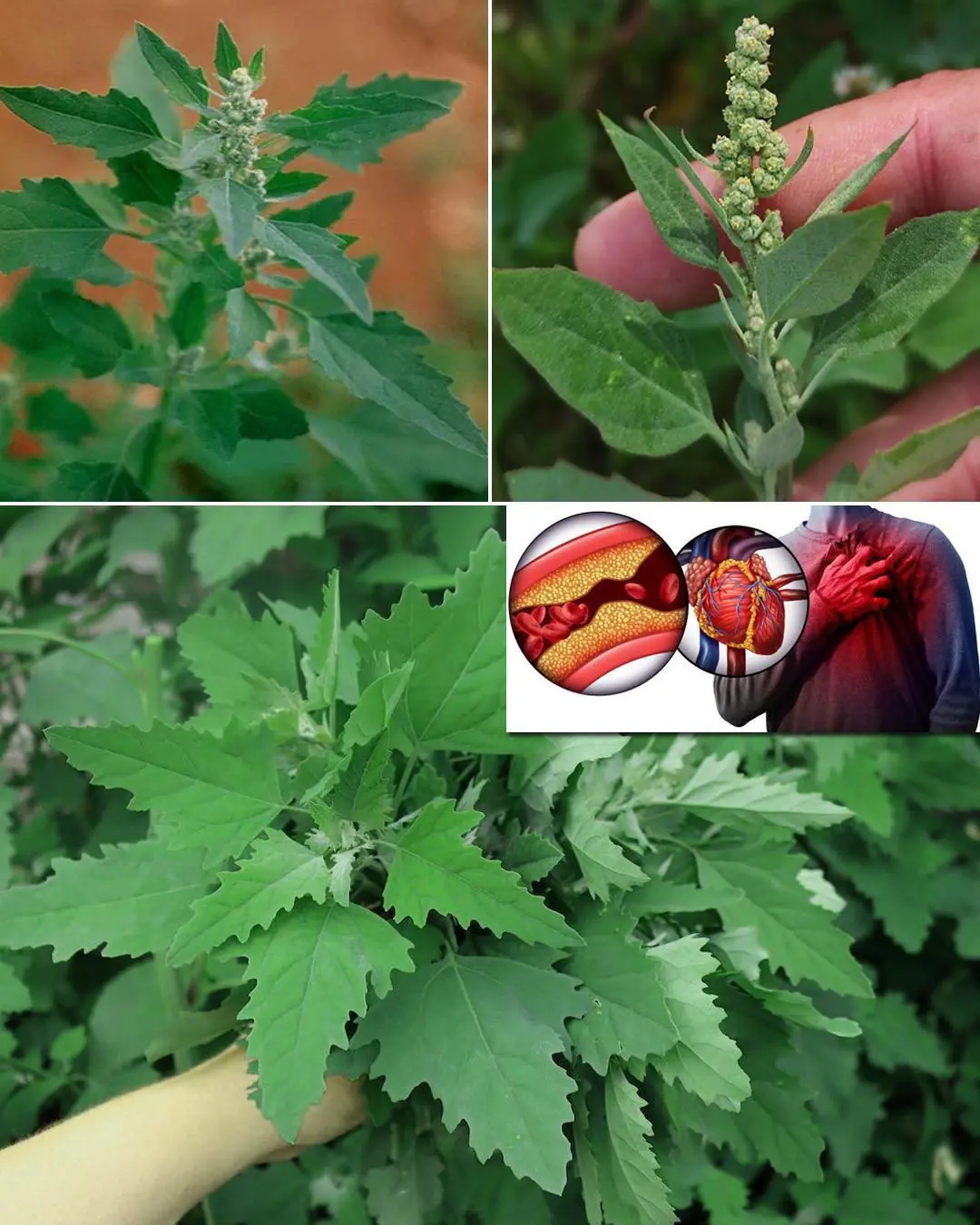
Lamb’s Quarters/Wild Spinach a superfood with health benefits
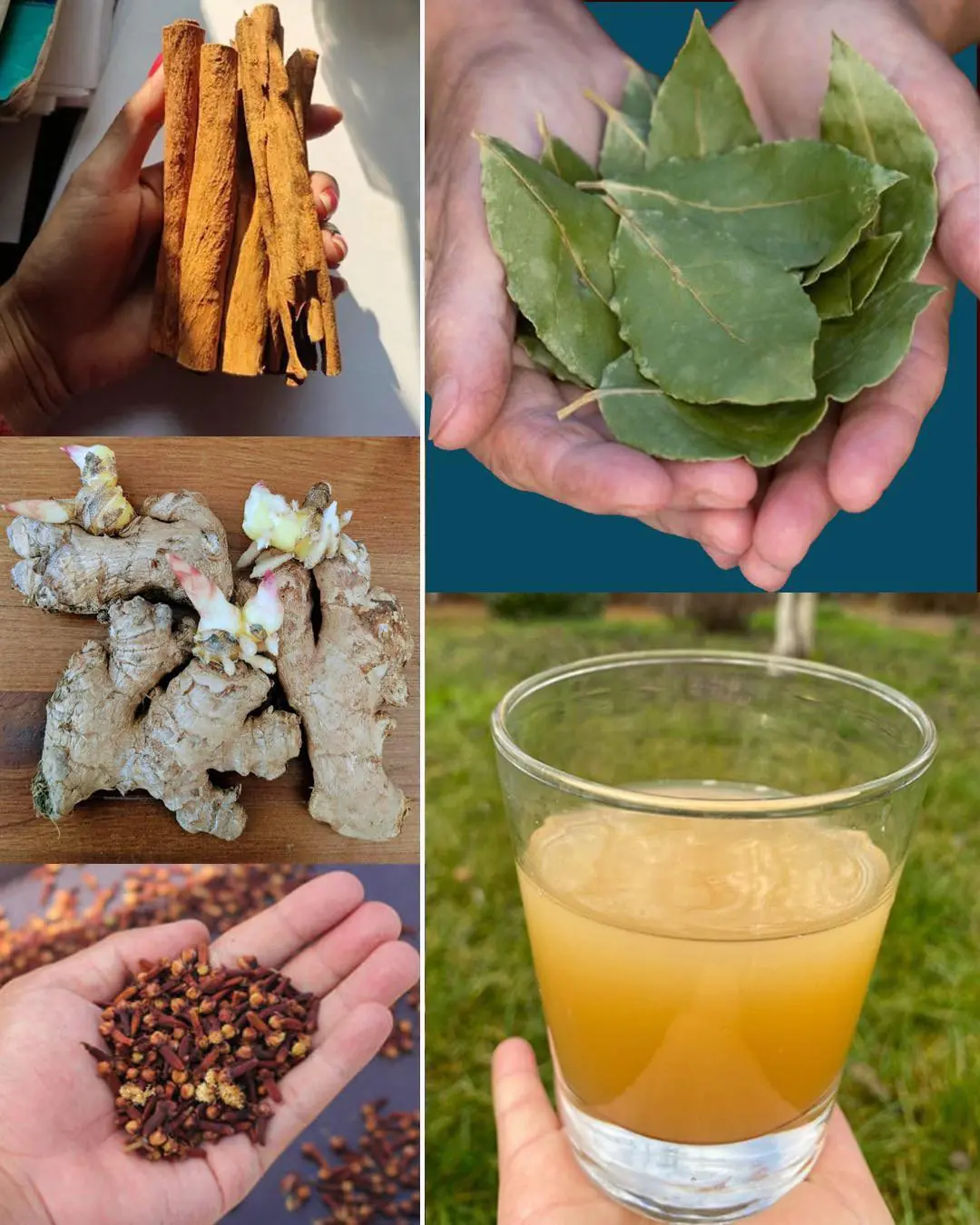
Powerful Cinnamon, Ginger, Bay Leaves, and Cloves Drink: Health Benefits & How to Use It

At 89, She Thought Her Dog Days Were Over — Until a Special Rescue Changed Everything
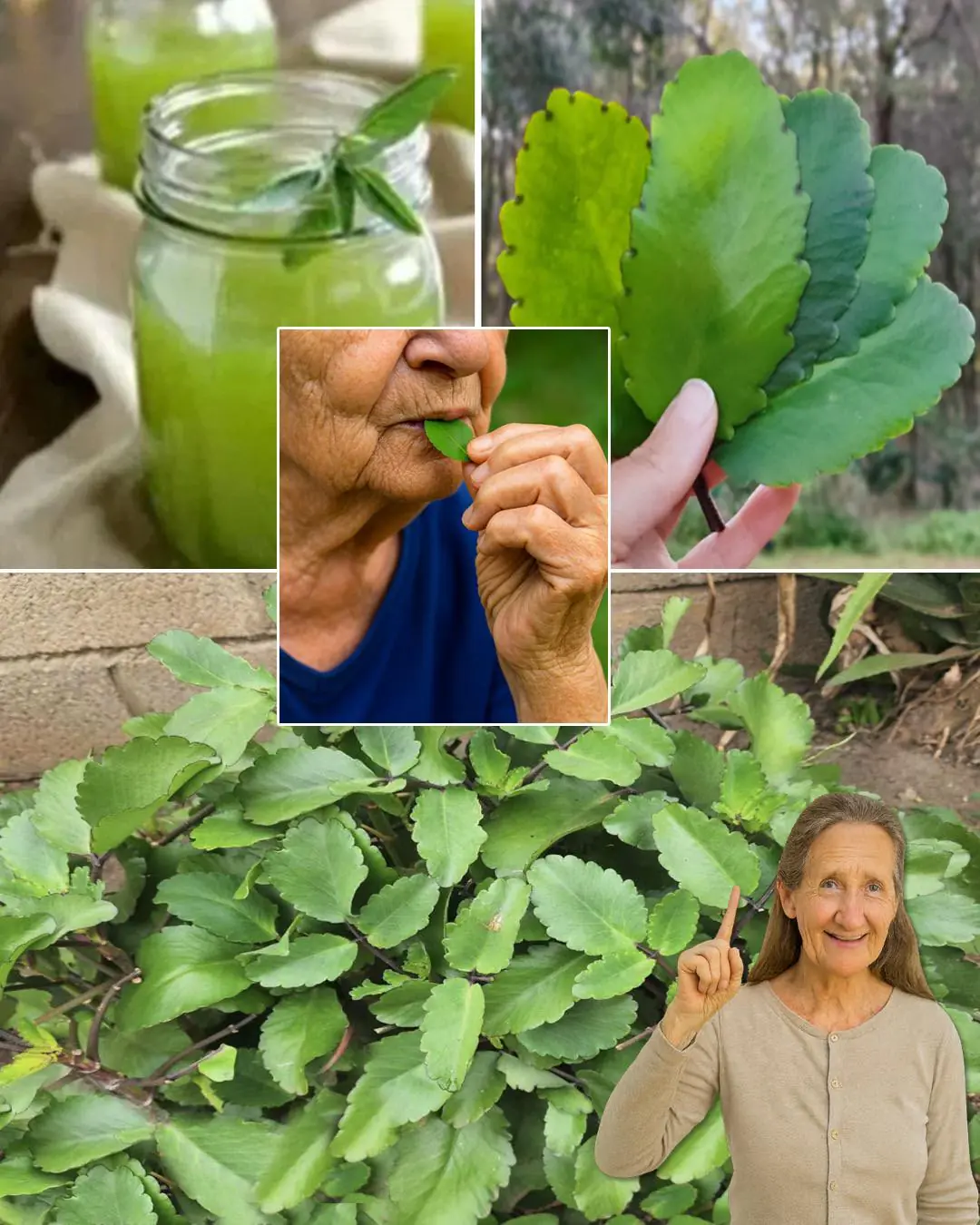
7 Benefits of the Miracle Leaf of Life

A Parent’s Love Beyond Blood: Celebrating the Unspoken Bond with Pets
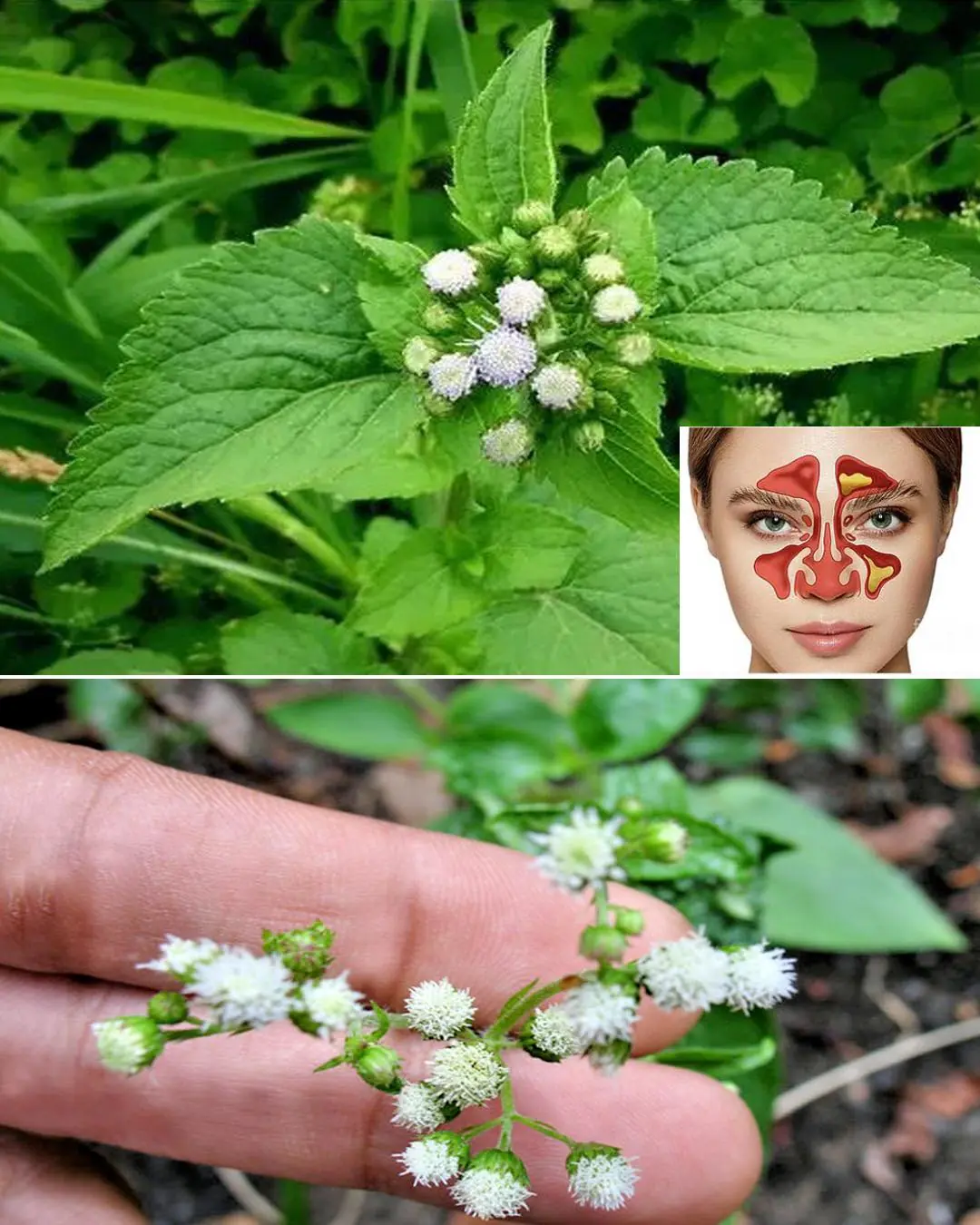
7 Benefits and Uses of Ageratum conyzoides

The Hug of a Cheetah.

A Farewell Among the Flowers.

First Steps: A Baby Elephant’s Fight to Stand.

3 extremely simple tips to remove odors right after cooking in the kitchen
